Book an Appointment

The Impact of Vaccines on Society
The introduction of vaccines has led to the eradication or dramatic reduction of some of history’s deadliest diseases. Smallpox, once a global threat, was declared eradicated in 1980 thanks to a worldwide vaccination campaign. Polio, once paralyzing thousands of children every year, has been pushed to the brink of eradication, with only a few cases remaining in isolated regions. Diseases such as measles, tetanus, and whooping cough have declined significantly in countries with strong immunization programs.
Beyond saving lives, vaccines also reduce the economic and social burden of disease. Preventing outbreaks lowers healthcare costs, reduces hospital admissions, and enables individuals to contribute productively to their communities. For every dollar spent on childhood vaccinations, it is estimated that several dollars are saved in treatment costs and lost productivity.
The Science of Innovation
Recent decades have seen remarkable advances in vaccine technology. Traditional vaccines used weakened or inactivated pathogens, but new platforms—including mRNA, viral vectors, and protein subunits—have expanded the possibilities of vaccine development. The rapid creation of COVID-19 vaccines demonstrated the potential of these technologies to respond quickly to global health emergencies.
Looking ahead, researchers are developing vaccines for diseases that have long resisted conventional approaches, such as HIV, malaria, and certain cancers. Personalized vaccines, tailored to individual immune responses, are also being explored in oncology and rare conditions. These innovations represent a new frontier in preventive medicine.
Challenges in Access and Distribution
Despite their proven benefits, vaccines remain unequally distributed. Many low- and middle-income countries face barriers such as weak healthcare infrastructure, limited funding, and difficulties in maintaining cold-chain storage. The COVID-19 pandemic exposed these inequalities, as wealthy nations secured large vaccine supplies while poorer regions faced shortages.
Global initiatives such as Gavi, the Vaccine Alliance, and the COVAX facility have worked to improve access by pooling resources and ensuring equitable distribution. However, sustainable solutions require long-term investment in local manufacturing, logistics, and healthcare systems.
Addressing Vaccine Hesitancy
Another challenge is vaccine hesitancy—the reluctance or refusal to vaccinate despite availability. Misinformation, cultural beliefs, and distrust in institutions contribute to hesitancy in many parts of the world. Public health campaigns that emphasize transparency, education, and community engagement are essential for maintaining confidence in vaccination programs.
Healthcare professionals, especially pharmacists and clinicians, play a crucial role in addressing concerns, debunking myths, and reinforcing the importance of immunization for both individual and collective protection.
The Path Forward
Vaccines have safeguarded global health for more than a century, but their role is more vital now than ever. As the world faces emerging infectious diseases, antimicrobial resistance, and global mobility, the importance of prevention cannot be overstated. Continued innovation, equitable access, and strong public trust will determine how effectively vaccines protect future generations.
The lesson is clear: vaccines are not just about individual protection—they are a collective responsibility. By embracing vaccination as a cornerstone of healthcare, humanity can continue to move toward a safer, healthier, and more resilient future.


